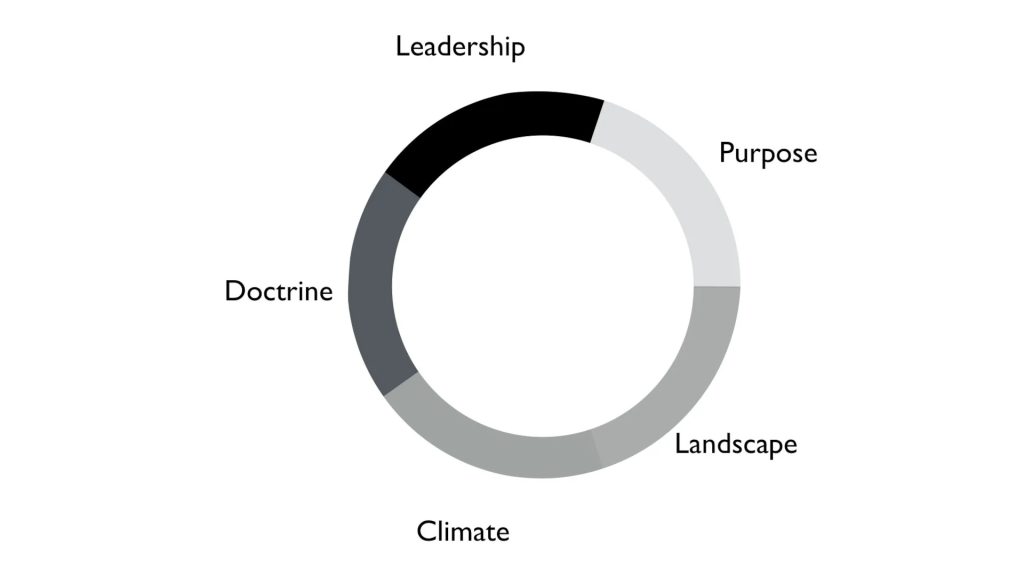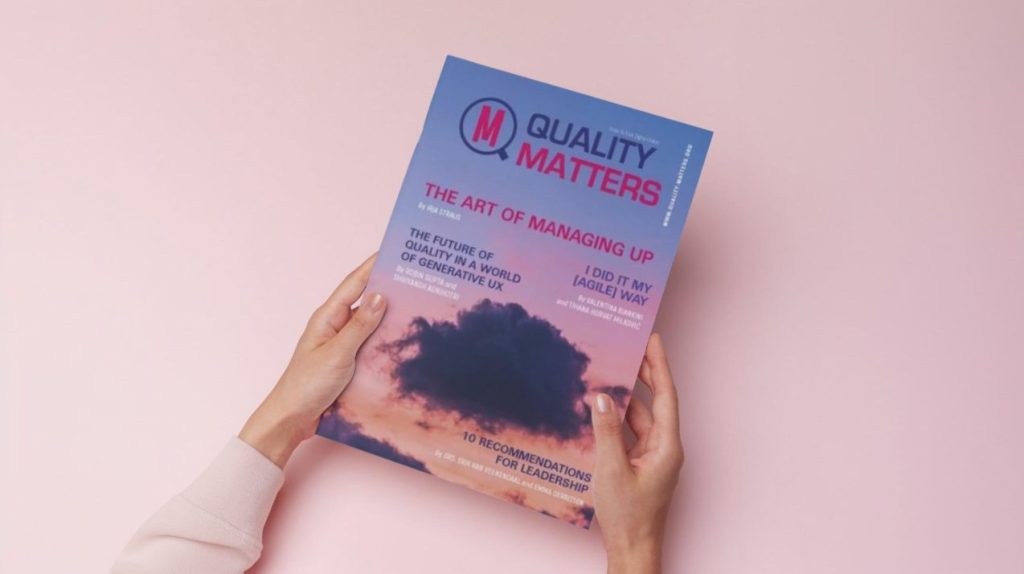Switching to the agile methods doesn’t only change the company’s processes, but the attitude of all the participants as well: the teams have more responsibilities, the managing style changes from „Command & Control“ to „Agile Leadership“. In order to carry out these changes in a successful and tenable way, a role based coaching is needed.
Change is happening fast, and a lot of companies have stayed in the old, no longer modern or tenable structures. Transition towards the agile principles is the solution: those kinds of processes help to increase the flexibility and to reduce the adaptation time. We understand that. But why is coaching important for the implementation of agile processes and methods? The agile manifesto from 2001 explains what needs to be changed in four brief points:
- Individuals and interaction have the advantage over processes and tools
- Functional products have the advantage over the extensive documentation
- Collaboration with clients has the advantage over the contract negotiation
- Reactions to change have the advantage over strict plan following
The problematic part is applying those principles to companies, teams and structures, which have been, for a long time, working and thinking in the exact opposite way: the tasks were given from a „central place“, every detail of the process was defined, time and energy were spent on meetings and new ideas were rejected from the beginning, due to long lasting procedures of approval. Processes are possible to define, and tools are possible to configure. However, regardless to how detailed the processes’ descriptions are, one thing can not be forgotten: processes are not the ones working and thinking, the people are. Processes should serve as s tool for increasing the efficiency and productivity. However, that is possible only if all participants have the opportunity to adapt them according to their own needs. So, if a company wants to work agile, it shouldn’t only question their way of work, but should change the way of thinking and behaving of all sides included. All that can be achieved through good and aimed coaching. While the classical management is related to employees’ actions and results, coaching begins one level deeper: it influences the attitude and opinion and creates new experiences, which later on influence the performance level.
Coach vs consultant
Coaching is often confused with consulting, but there is a clear difference: while consulting often offers solutions or recommends a specific approach, through coaching we want to enable our client to develop his own solutions and approaches. An example which clearly shows it: everyone who is familiar with the Scrum method will come across this sentence: „Scrum Master should not be a part of the development team“. This statement made a lot of teams question if they can work according to Scrum without a dedicated Scrum Master. How would a consultant react to such a question? He could confirm that in this case it is not possible to work according to Scrum and that it is necessary to hire or dedicate a Scrum Master. The other answer could be that, in this case, a rotating Scrum Master from the team should be appointed.
A coach would, on the other hand, first question why is Scrum even recommended and what role it has in the process. His solution could be similar to the consultant’s one, with the difference that a coach transfers the problem solving skills. Together with the team, he supports finding a solution in a specific situation, by which the team is enabled to find the solution and make a decision on its own the next time. A coach leads, guides and helps the team to draw the conclusion and recognize the solution. It is only then, that the employees, the team or the administration are capable of continuing the agile road without a coach.
Systematic coaching
Coaching, agile or not, is the most effective in cases in which it is necessary to change the behavior in a long term way. It is also needed when it comes to not only solving a certain problem, but also training people and teams for development and implementing their own solution strategy. Agile way of work is about changing the attitude and learned ways of work. These changes are related to individuals, organization as a whole and existing interactions, by which they can be put into three dimensions:
- Organization
- Current state
- Individual behavior
The experience shows that implementation of agile methods is tenable only when these three dimensions are questioned, dependencies are clarified and used as a base and starting point for the agile change. System coaching establishes a connection between dimensions in a way that it starts from all three levels.
Team coaching
This is where the teams learn what is agility, the understanding of roles and responsibilities connected to it. They learn to support and respect each other. In that process they go through four phases: forming, storming, norming and performing.
Management coaching
Just like a team, management should also understand the changes brought by the agile methods. These changes vary from „What is Agile Leadership?“ over „How does our reward system function in an agile environment?“ to „How can we make our company agile?“. So, the point is to qualify the managers, through coaching, so they could assume responsibility for agile change and its coordination.
Organisation coaching
Skills, virtues and flaws are not only human characteristics, but companies’ too. It is important to imagine an organization as a web in which terms, requests and structures change in different places and time. Agile coaching focuses on those connections, but also takes into account the „soft“ factors, such as corporate culture. Only if we understand how the whole system works, what’s the interaction between people, processes, structures and decisions like, can the „Agile Change“ be tenable.
Agile coach as a guest in the company
These aspects describe the profile of a good agile coach. In addition, the following should be taken into consideration:
- Scrum Master, with or without the certificate, is not necessarily a good coach. Only experience makes him good.
- A coach should not become a part of the team. One of his main tasks is to keep neutrality and overview, but it hardly ever succeeds if someone is substantially included into a project.
- Implementing the agile approach into a company doesn’t succeed by „shopping“ for a Scrum Master.
Good coaches first question the prevailing corporate culture, so they could, based on it, adjust the speed and the form of change and start working with employees. There is no routine plan for doing that, only aids, which help to get a better insight to cultural aspects. The agile42 company’s Enterprise Transition Framework (ETF) is an example, with which we firstly observe the status quo from different perspectives, so that later a strategy in which the short term, medium term and long term goals are set, could be developed. In the pilot-projects the implementation is tested – with always having in mind that mistakes are allowed and that it is about a process of learning.
A good coach uses different tools for imparting knowledge, he encourages experimenting, explains the consequences and demands continuous improvement – always with the goal to give people the possibility, and above all, the courage for self-observing, so that the Agile Change could happen.
Falls Sie Fragen haben, sind wir nur einen Klick entfernt.



